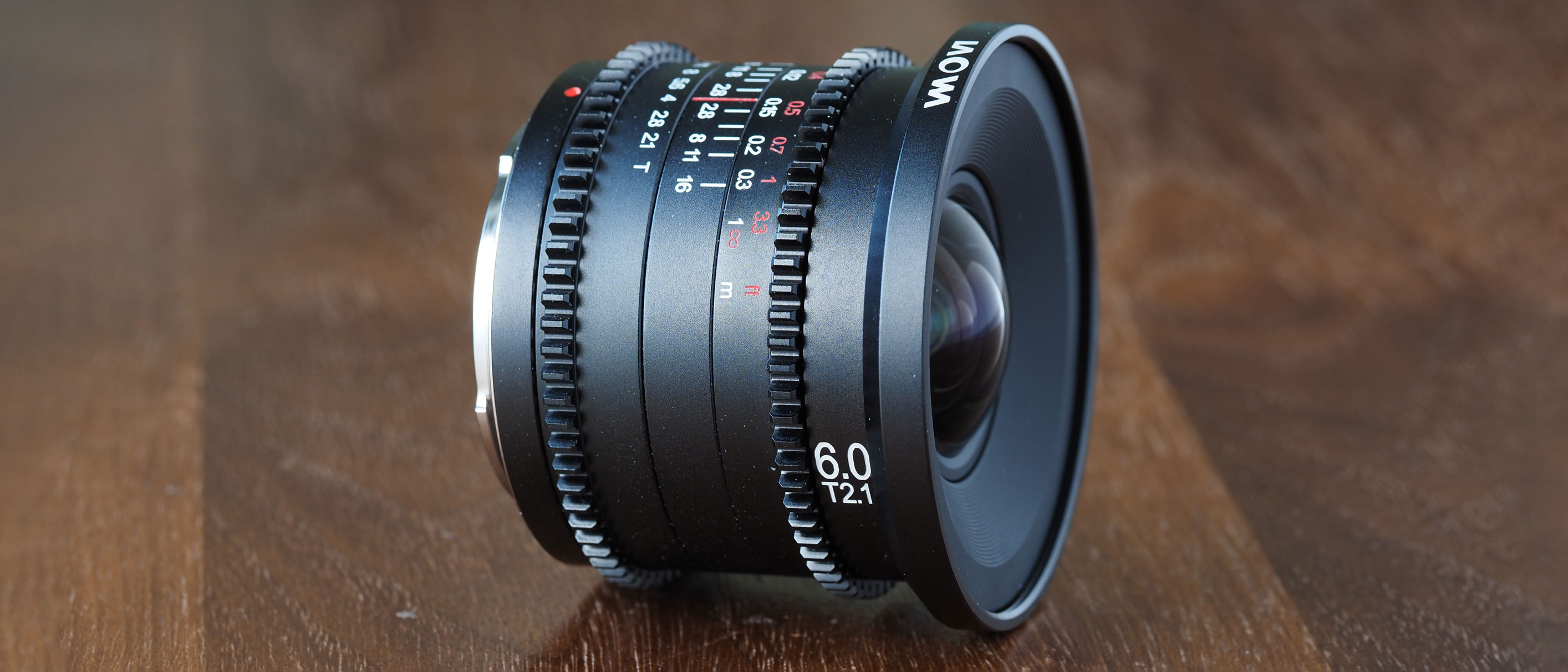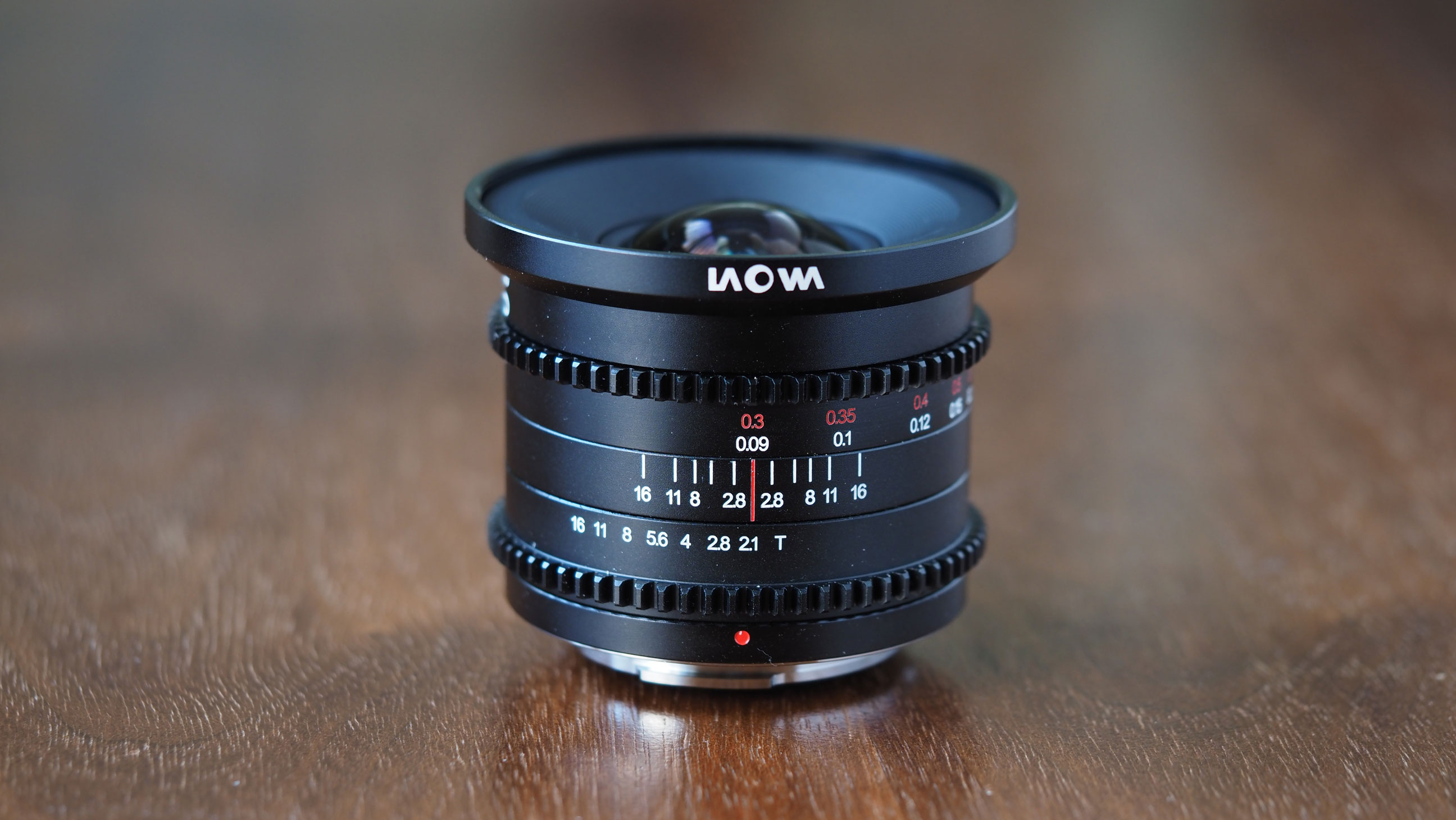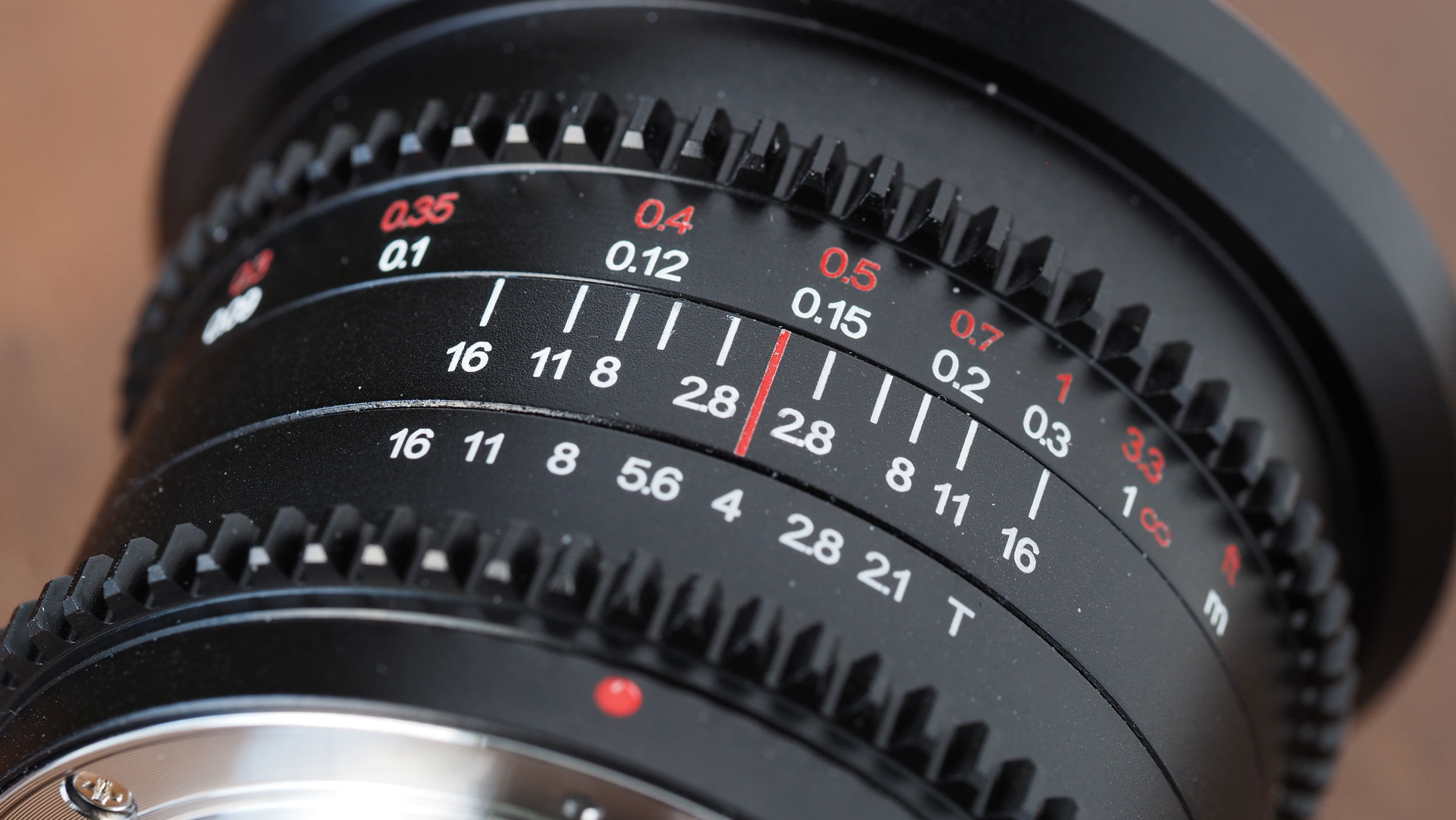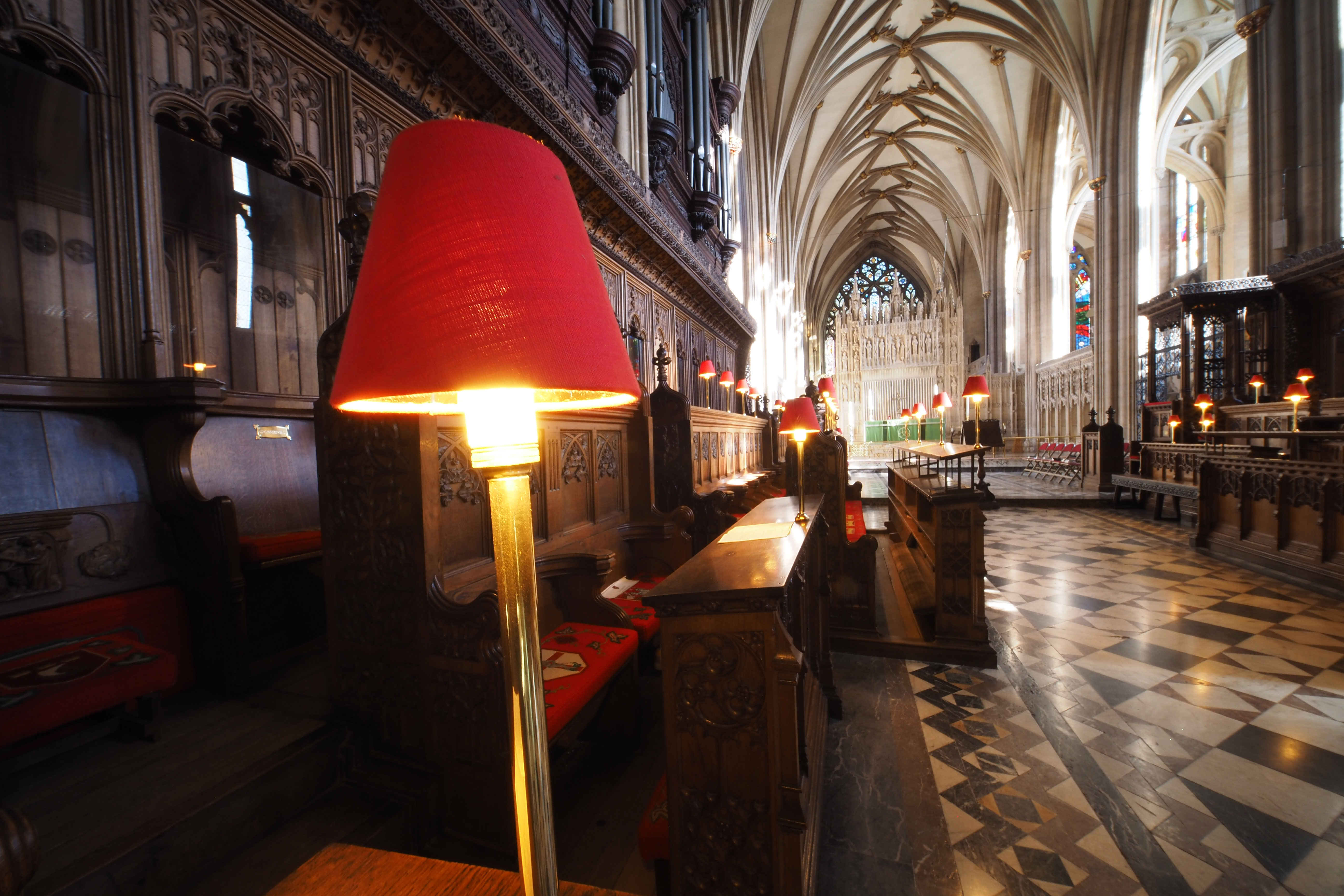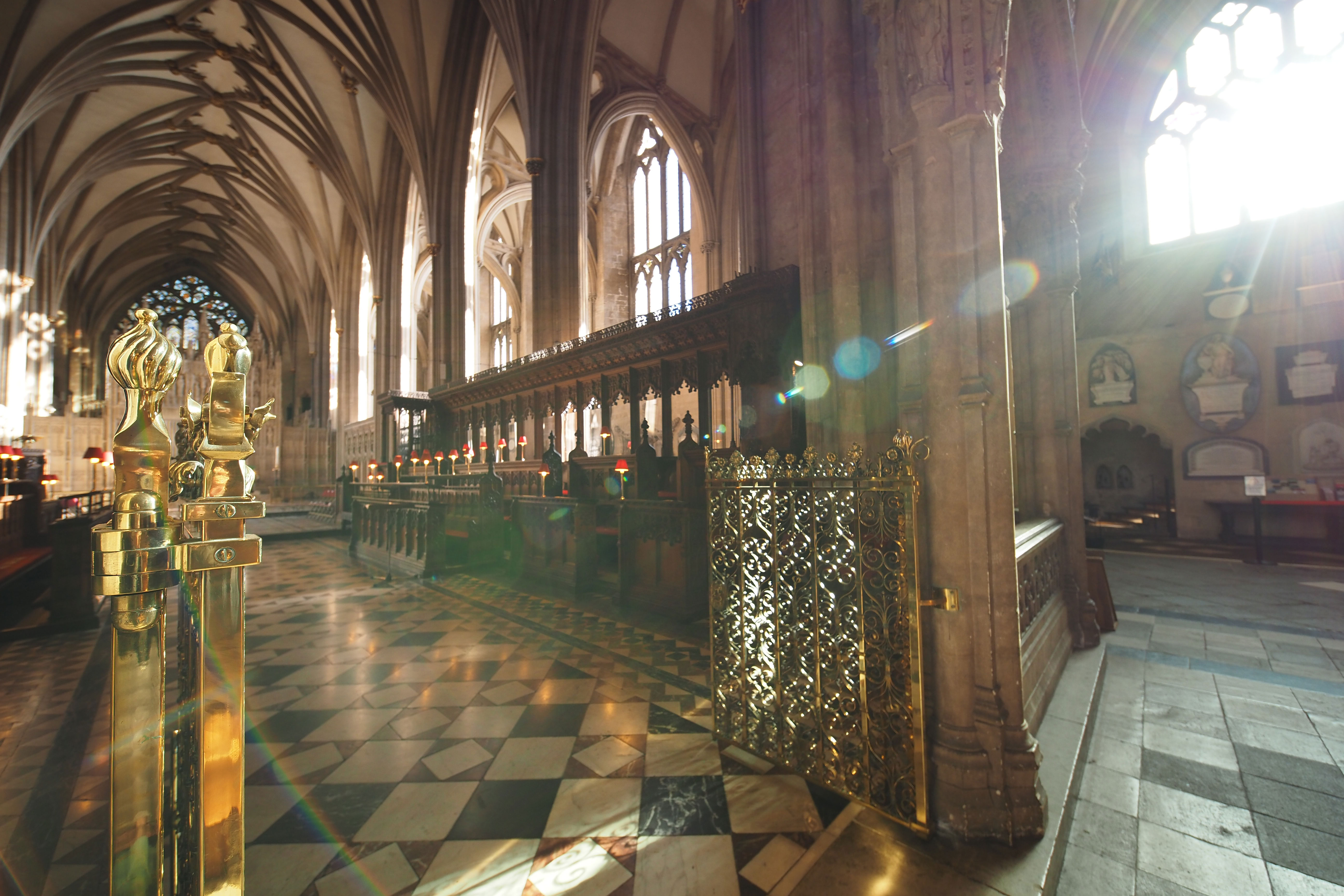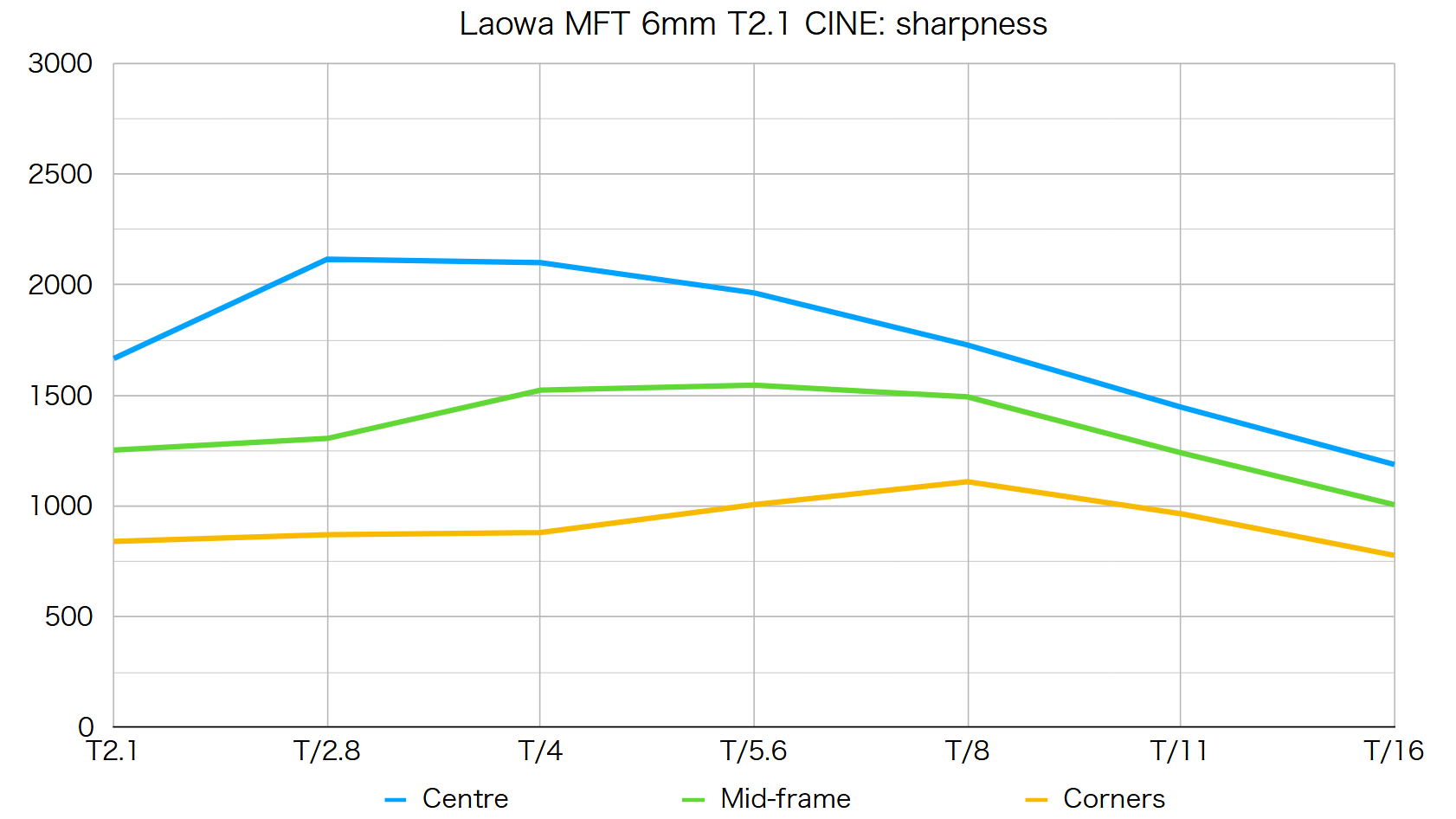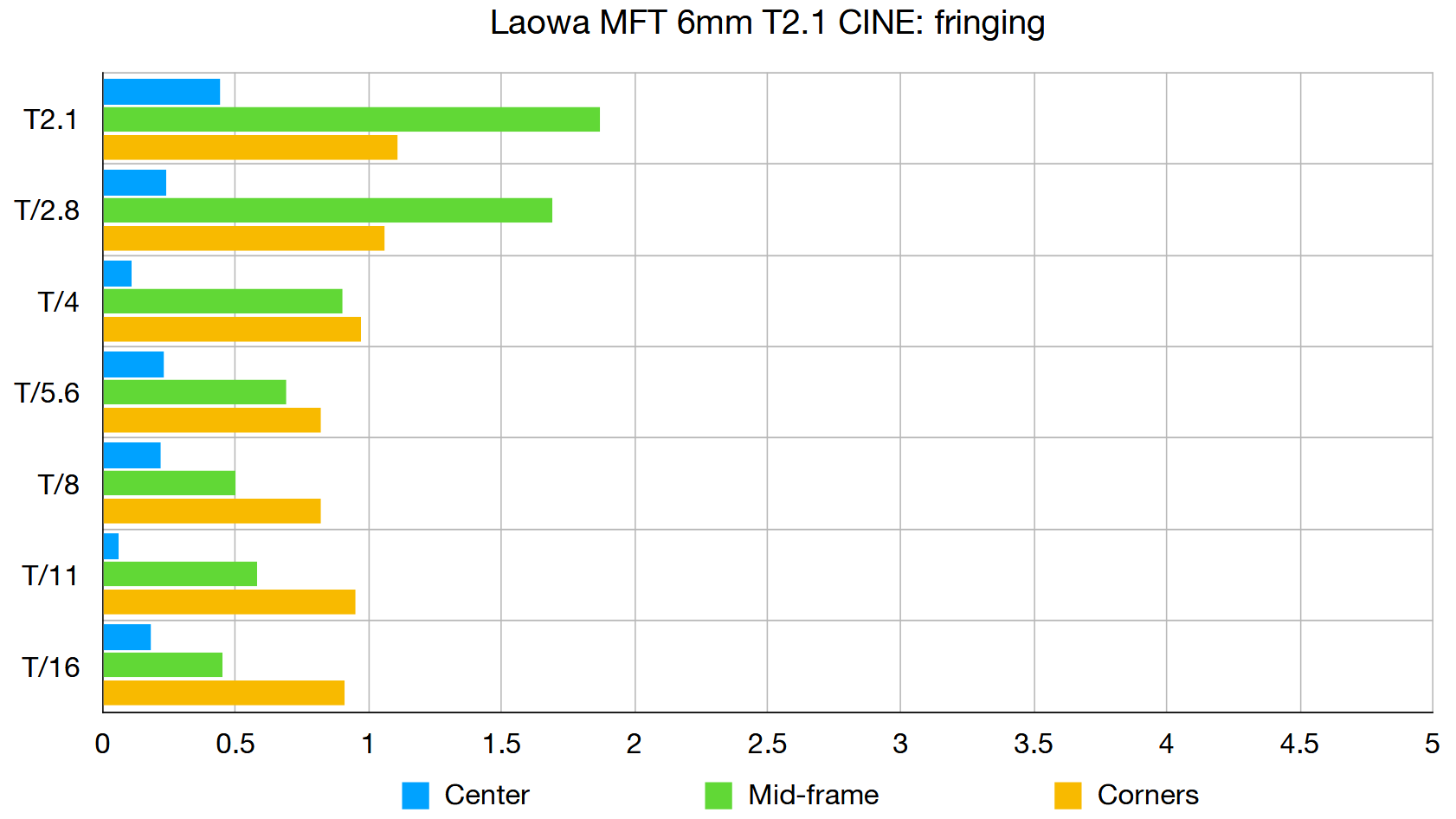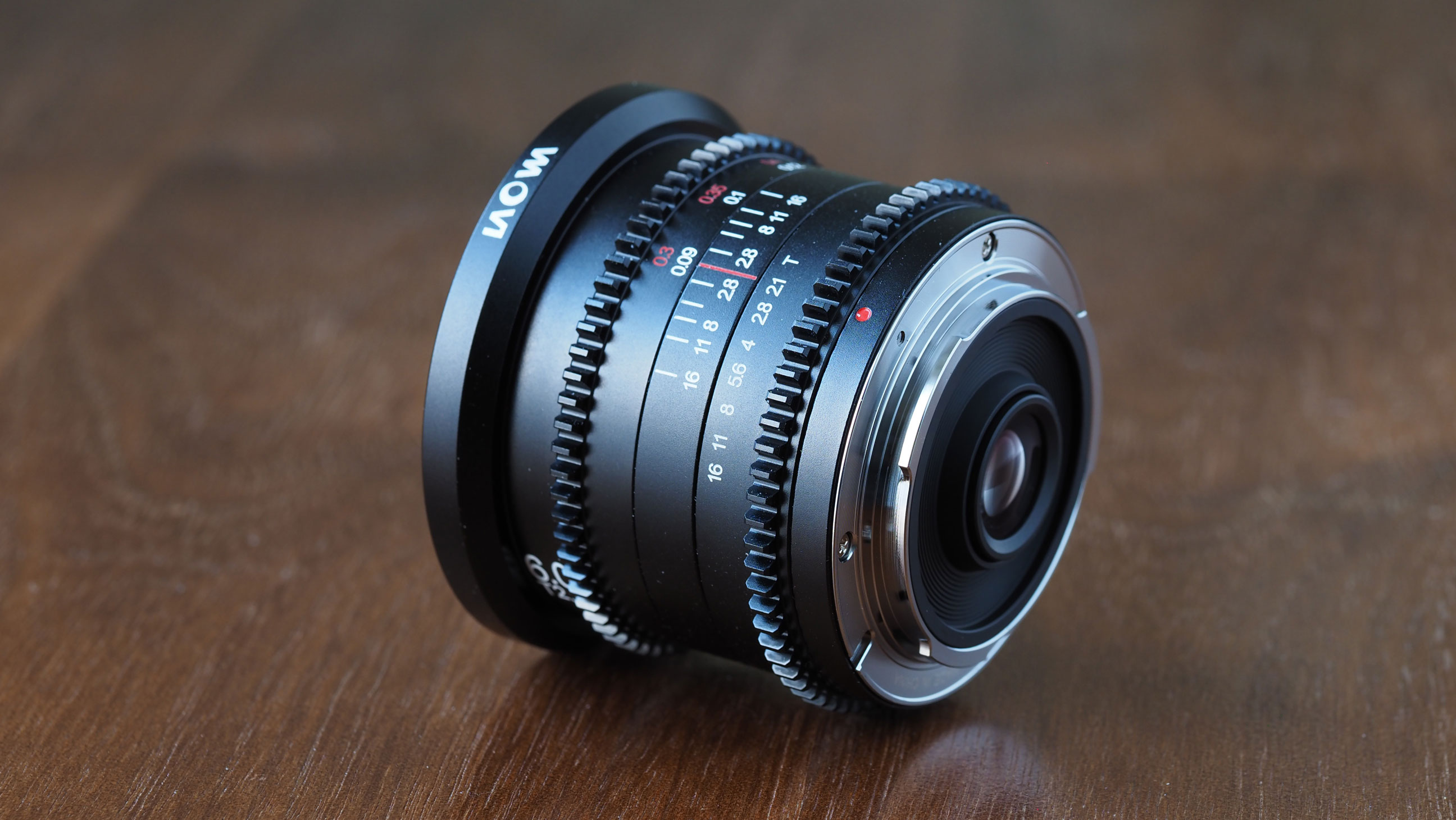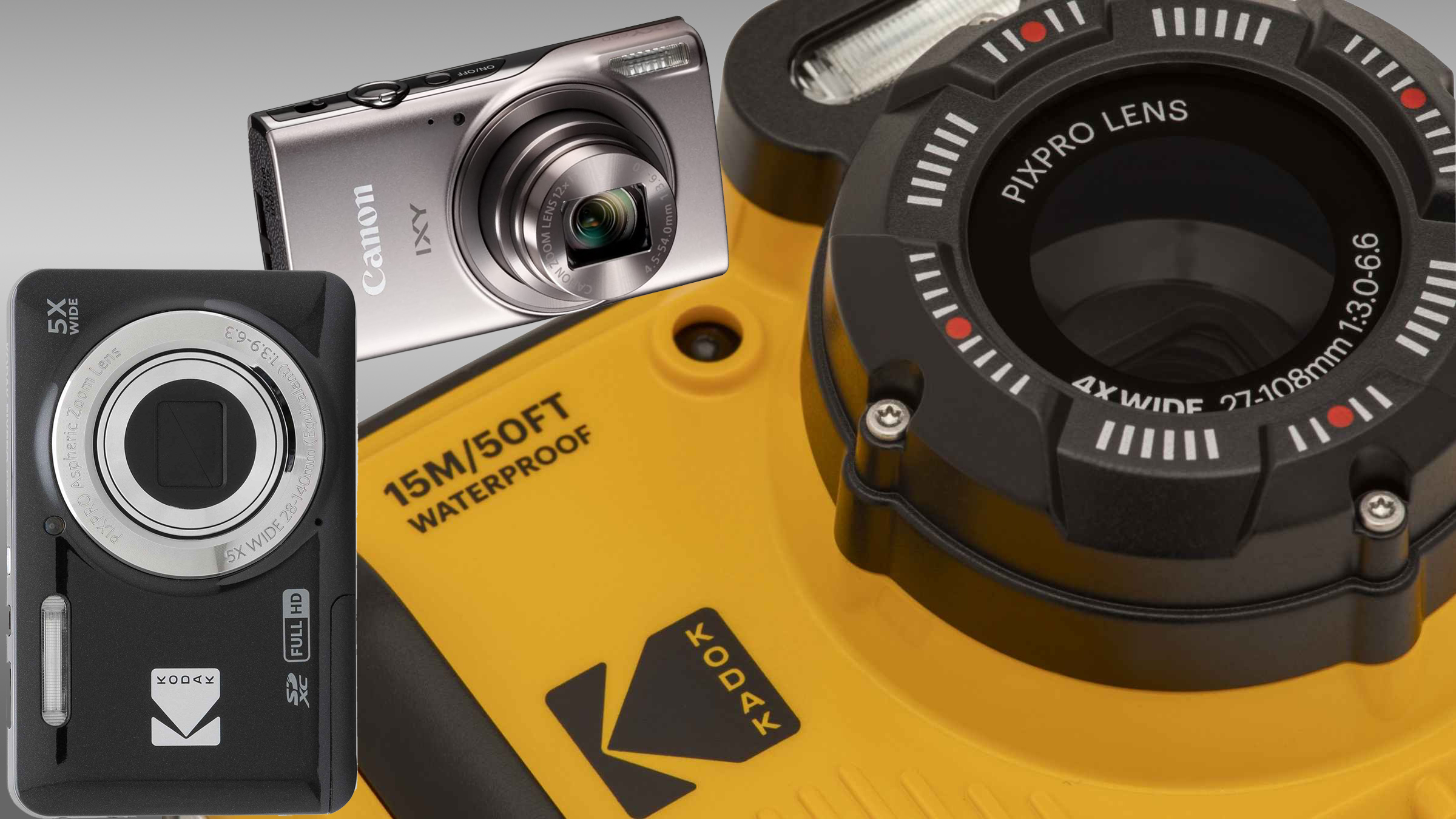Digital Camera World Verdict
Yet again, Laowa has turned out another stellar prime lens which eschews modern gadgets like autofocus or even a chip for camera communication, but rewards us with exceptional aberration-free edge to edge performance, a remarkably wide maximum aperture, pocket-sized dimensions and a price that makes us smile.
Pros
- +
Ultra-wide 12mm equivalent angle of view
- +
T2.1 maximum aperture
- +
Remarkably aberration-free
- +
Gears for focus and iris control
Cons
- -
Distance scale only approximate
- -
No chip for camera communication
- -
A little prone to flare
Why you can trust Digital Camera World
The new Laowa 6mm T2.1 Zero-D Cine lens is great news for filmmakers with Olympus or Lumix G cameras and for at least three reasons.
First, it's continued support for MFT photographers; second, it's the widest non-fisheye lens you can get for the MFT format, equivalent to a 12mm ultra-wide in full frame terms; third, it's really fast, at T2.1, which is equivalent to f/2.1 or better in still photography terms, as T-stop ratings are much more stringent and describe light transmission not just aperture size.
The new Laowa, like most of the company's lenses is a 'dumb' manual focus optic. All Laowa lenses are manual focus, but a couple of more recent models have a chip to communicate with the camera and automatically activate its manual focus magnify view – for example, the Laowa 10mm f/2 Zero-D for MFT.
This lens does not have a chip, so if you want to zoom in to focus you'll need to press the right buttons on the camera.
• Read more: How are cine lenses different to regular lenses?
Specifications
Focal length: 6mm (12mm equivalent)
Maximum aperture: T2.1
Minimum focus distance: 0.1m
Maximum magnification: 0.177x
Image circle: 21.6mm
Angle of view: 120 degrees
Dimensions: 61 x 54.75mm
Weight: 180g
Key features
This is a cine lens, so there are a couple of things about it that are different, apart from the T rating we've already mentioned.
The best camera deals, reviews, product advice, and unmissable photography news, direct to your inbox!
The most obvious physical difference is the provision of not one but two geared control rings. One is for the focus ring and designed to be driven by motorized follow-focus units. This is a standard fitting on cine lenses. But the second is for the aperture ring – or 'iris', if we want to speak the language of filmmaking. This means the little Laowa 6mm also offers the potential for geared iris control.
Another key feature is the 'declicked' aperture/iris ring. This is so that the iris can be changed silently while filming and without sudden jumps in exposure.
There are two more notable features: the size and the price. We're used to fast cine lenses being big and expensive, but this is neither. In fact, it's very small and pretty light, even by MFT prime lens standards, and at $699 it's not especially cheap by Laowa standards, but the in world of cine lenses it looks quite a bargain. That is, of course, if its physical and optical design is up to scratch.
Build and handling
It's actually very hard indeed to find fault with this lens's physical design. Its metal construction gives it a very high quality feel and the focus and aperture rings are super-smooth with no hint of roughness anywhere and a nice positive end stop at the limit of travel. If you've spend many years with 'digital' lenses with fly-by-wire focusing, this will be like a reminder of how lenses used to be.
The long focus travel allows for a precise focus distance scale, making the depth of field index markings alongside all the more useful for zone and hyperfocal focusing.
There is one thing – the focus ring goes slightly past the infinity marker, and infinity on our lens did not correspond exactly with infinity focus on the camera. Having said that, this is such a short focal length lens that there is huge depth of field, even wide open, unless you get really close up to your subject.
On the subject of focusing, our lens came with something we've not seen before – a set of shims for inserting underneath the removable lens mounting plate. These are provided to correct for any tiny inaccuracies in the camera's mounting plate that might affect manual focusing using the distance scale. Most photographers and videographers will have grown used to ignoring focus distance scales on lenses and using the camera's AF or focus aids instead. This Laowa, however, is designed for the world of grown up cinematography, where camera operators use distance scales and tape measures, and actors stand on 'marks' to deliver their line.
You don't have to use the Laowa this way, but it's good to know that if you need to, you've got the tools to check and correct the manual focus distances down to the nth degree.
Performance
We tested the Laowa 6mm T2.1 cine lens both for real-world filming and stills photography and in the lab, with our usual set of test charts. We got two sets of results, as we often do with ultra-wide lenses.
Out in the field, the Laowa proved pretty spectacular. It lived up to its Zero-D label with no visible distortion, despite its ultra-wide angle of view, and unlike our Laowa 9mm f/2.8 Zero-D APS-C lens, there was no significant corner shading either – or any obvious chromatic aberration. This is pretty amazing in a lens which is also very small – we're used to fast, highly-corrected lenses being pretty massive.
The Laowa 6mm did prove a little susceptible to lens flare from bright sources both within and just outside the frame. Ours didn't come with a lens hood (we're not sure there is one) and the front element is only slightly recessed.
In the lab we got a different set of results, with some edge softness and barrel distortion. The point is that with such a wide lens you have to get very close to lens test charts, at a distance that the lens is probably not optimised for. This is why we do real world tests alongside our lab tests.
Lab tests
We run a range of lab tests under controlled conditions, using the Imatest Master testing suite. Photos of test charts are taken across the range of apertures and zooms (where available), then analyzed for sharpness, distortion and chromatic aberrations.
We use Imatest SFR (spatial frequency response) charts and analysis software to plot lens resolution at the center of the image frame, corners and mid-point distances, across the range of aperture settings and, with zoom lenses, at four different focal lengths. The tests also measure distortion and color fringing (chromatic aberration).
Sharpness:
Centre-sharpness is pretty good wide open at T/2.1, but you'll need to stop down to T/2.8 to get the best out of the lens. Mid-frame and corner sharpness scores are inevitably lower, due to positioning the lens very close to our sharpness testing chart in order to frame it correctly with such a short focal length. However these results are consistent with what we'd expect from an ultra-wide prime.
Fringing:
Color fringing is only noticeable at wide apertures, and even then it's not severe. Stop down to T/4 and fringing is negligible.
Distortion: -2.23
The lens produces noticeable barrel distortion, but given the extremely short focal length, the degree of distortion really isn't that bad, and is easily corrected in post processing.
Verdict
This is yet another stellar lens from Laowa, delivering excellent optical performance from a strikingly small and affordable design. Obviously the manual focus design might not suit vloggers, run and gun shooters or street photographers (though the huge depth of field can help), but for more considered photography and video, it's a brilliant little optic.
And even though it's a cine lens, it's still perfectly usable for stills too. It uses old-school stop-down metering and viewing, so you get a live depth of field preview all the time and the camera's exposure system will automatically adapt to whatever aperture you set it to.
Stills photographers might want to hang on just a little longer, though. Laowa has said that a stills version is on the way.
Read more:
• Best Micro Four Thirds lenses
• Best Olympus cameras
• Best Panasonic cameras
• Best Olympus lenses

Rod is an independent photography journalist and editor, and a long-standing Digital Camera World contributor, having previously worked as DCW's Group Reviews editor. Before that he has been technique editor on N-Photo, Head of Testing for the photography division and Camera Channel editor on TechRadar, as well as contributing to many other publications. He has been writing about photography technique, photo editing and digital cameras since they first appeared, and before that began his career writing about film photography. He has used and reviewed practically every interchangeable lens camera launched in the past 20 years, from entry-level DSLRs to medium format cameras, together with lenses, tripods, gimbals, light meters, camera bags and more. Rod has his own camera gear blog at fotovolo.com but also writes about photo-editing applications and techniques at lifeafterphotoshop.com
